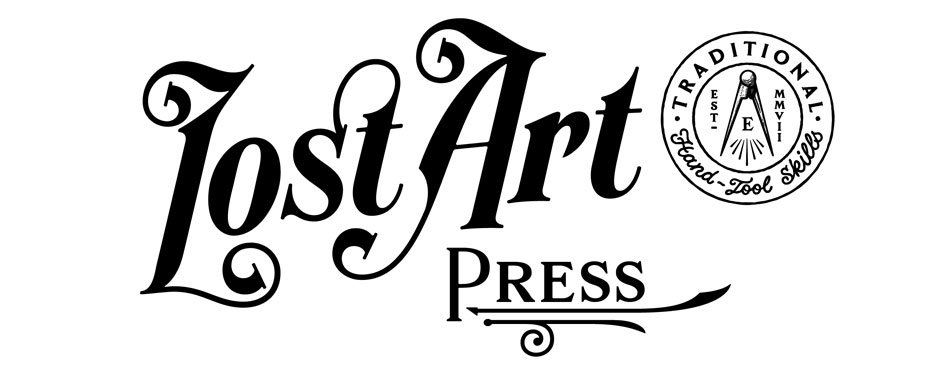Hey everybody, it’s that time of year again – it’s the Anarchist’s Gift Guide. We’ve been doing this for more than a decade now, people seem to like it, so I guess we’ll keep it up. Why? Unlike some other gift guides, ours isn’t sponsored. (In fact, if somebody asked us to write about their tool for the gift guide, our standard retort would be: “Why don’t you poop up your own butt?”) This is stuff we use and love. We have 11 offerings this year, and will publish one a day until we’re done. – Chris & Fitz
CMT Formula 2050 Blade Cleaner
At first, I was taught to use oven cleaner to remove the gunk from sawblades and router bits. It works, of course, but the stuff is also nasty, corrosive and toxic. About 2001 or so, we started using CMT’s Formula 2050 blade cleaner, and I’ve never looked back.
It works, which is a surprise. Many non-toxic cleaning chemicals barely do the job. Formula 2050 is also non-toxic and biodegradable.
Using it is easy: Spray it on the blade, wait a few minutes, then wipe away the pitch and baked-on grime. Don’t wash the blade after treating it, however. The stuff has anti-corrosion properties.
I find that having a bottle of the 2050 on hand is a money-saver. Many times when I think our table saw’s blade is dull, I’ll first treat it with the Formula 2050. And then the blade is basically like new. So I don’t have to send the blade out for sharpening.
We also use it on our hand tools, especially after teaching a class that involves white pine, when every plane and chisel is coated in sticky sap. A few squirts and a wipe is all it takes to remove the junk. – CS
Like this:
Like Loading...








